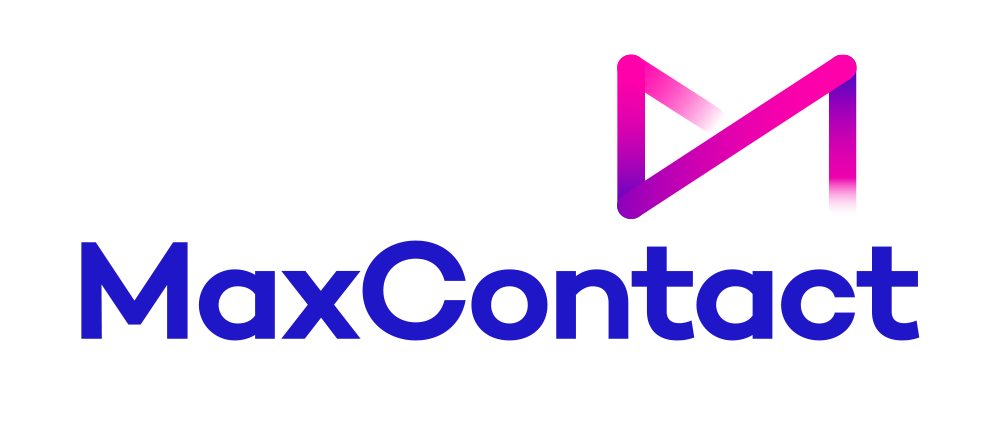The Ultimate Guide to First Call Resolution: Best Practice, How to Calculate, and Ways to Monitor
First Call Resolution (FCR) refers to the ability to resolve a customer’s issue during initial contact with your support team, without the need for follow-ups or escalations.
FCR is an important aspect of contact centre customer engagement, particularly when supported by the tools, technologies, and practices of effective customer relationship management.
In this guide, we’ll explore First Call Resolution best practices, why it’s important, and how you can calculate your business's FCR score.
More in This Guide:
- Why Is First Call Resolution Important?
- Pros and Cons of Monitoring First Contact Resolution Rate
- How to Calculate FCR
- First Call Resolution Best Practice
- What Is a Good FCR Rate?
- Looking to Improve Your FCR?
Why Is First Call Resolution Important?
First Call Resolution (FCR) is a metric that provides valuable insights for improving your customer experience.
A smooth first interaction creates a better overall experience for both the agent and customer. The less time agents spend on the same issues, the less operational costs are incurred and the more productive the agents can be.
FCR influences other service-related metrics, such as Customer Satisfaction scores (CSAT), Customer Effort Score (CES), frequency of customer interactions, and even average customer spend. It also highlights how responsive a business is, both in service delivery and operational costs.
Ultimately, first call resolution contributes to better customer satisfaction and retention. When customers know they can count on fast, effective support, they’re more likely to stay loyal to your brand.
Pros and Cons of Monitoring First Contact Resolution Rate
To help keep your customers and employees happy, remember the following information when taking steps to improve your FCR.
|
Pros |
Cons |
|
Improves Customer Satisfaction: Helps identify issues resolved on first contact. |
Difficult to Measure Accurately: Definitions of “resolution” can vary across teams and channels. |
|
Highlights Operational Efficiency: Reveals how well agents handle issues. |
Doesn’t Capture Complex Cases: Some issues naturally require multiple contacts and shouldn't count against FCR. |
|
Helps Reduce Repeat Contacts: Lowers workload and operating costs. |
May Encourage Rushed Calls: Agents might focus on closing calls quickly rather than fully resolving the issue. |
|
Drives Training and Process Improvements: Identifies gaps in agent skills or internal processes. |
Can Be Misleading if Isolated: FCR alone doesn't give a full picture of customer experience or agent performance. |
|
Correlates with Other Metrics: Strong FCR often leads to better CSAT, NPS, and retention. |
Hard to Track Across Channels: Consistency across email, chat, and calls is challenging without the right tools. |
How to Calculate FCR
Calculating FCR is straightforward. You can try out the following simple formula to calculate your FCR rate:
For example, if your call centre handles 1,000 calls in a week, and 700 of those were resolved on the first call, your FCR rate is:
FCR Rate = (700 ÷ 1000) × 100 = 70%
Calculating an FCR can get tricky because what constitutes a resolved call might vary among contact centres. It can also be difficult to track resolved customer issues if they don’t follow up within a set period.
To overcome these challenges, consider using post-call surveys or AI software to measure your FCR accurately.
First Call Resolution Best Practice
If your FCR rates are lower than you’d like, here are a few first call resolution best practices you can follow to improve them:
Offer Agent Training
Training your agents is an important first call resolution best practice, as it ensures they know how to fix a range of issues without needing to escalate them.
Giving agents the tools and authority to resolve problems on the spot increases FCR.
Provide Agents with Knowledge Management Tools
The tools you have readily available are relevant for first call resolution best practice. If agents have access to good knowledge management software, it’ll help them answer customer queries quickly and accurately.
Simplify Internal Processes
Reduce unnecessary transfers between departments to reduce hold times and, in turn, improve FCR rates. A smoother internal workflow translates to quicker resolution times for customers.
Use Automation Tools
Technologies like interactive voice response (IVR) systems are becoming more advanced due to improvements in artificial intelligence (AI) and voice recognition. These make them a valuable asset for first call resolution best practice, particularly when it comes to handling customer inquiries efficiently.
Gather and Act on Feedback
As with any business, it’s important to gather feedback from those using your service; first call resolution best practice is no different. Use customer surveys after each interaction to track FCR and gain insights into areas where improvements can be made.
Adopt Generative AI
As generative AI continues to develop, it’s proving valuable in improving First Call Resolution rates - you can take advantage of this.
According to a 2024 Customer Contact Week report, 86% of contact centre leaders believe the technology improves speed and efficiency.
What Is a Good FCR Rate?
The industry standard for a good FCR rate falls between 70% and 79%, according to the Service Quality Measurement (SQM) Group.
However, it’s common for standard FCR rates to differ between sectors. Industry standards can give a rough idea of what a good rate looks like for each.
Here’s a breakdown by industry:
- Retail & E-commerce: 65–75%
- Telecoms & Utilities: 60–70%
- Financial Services: 70–80%
- Healthcare: 65–75%
You should aim for an FCR rate above 70% for strong performance. Anything lower than 60% suggests there’s room for improvement.
Looking to Improve Your FCR?
Following first call resolution best practice is an excellent way to maintain industry standards, improve customer satisfaction, and assess the performance of your call centre operations.
However, it’s only one aspect of the broader customer experience.
To really boost customer satisfaction and agent productivity, you need to go beyond just this metric.
Get in touch with MaxContact today to discover how our contact centre technology can help your team improve FCR and create a better customer experience.
.png)
From the blog







